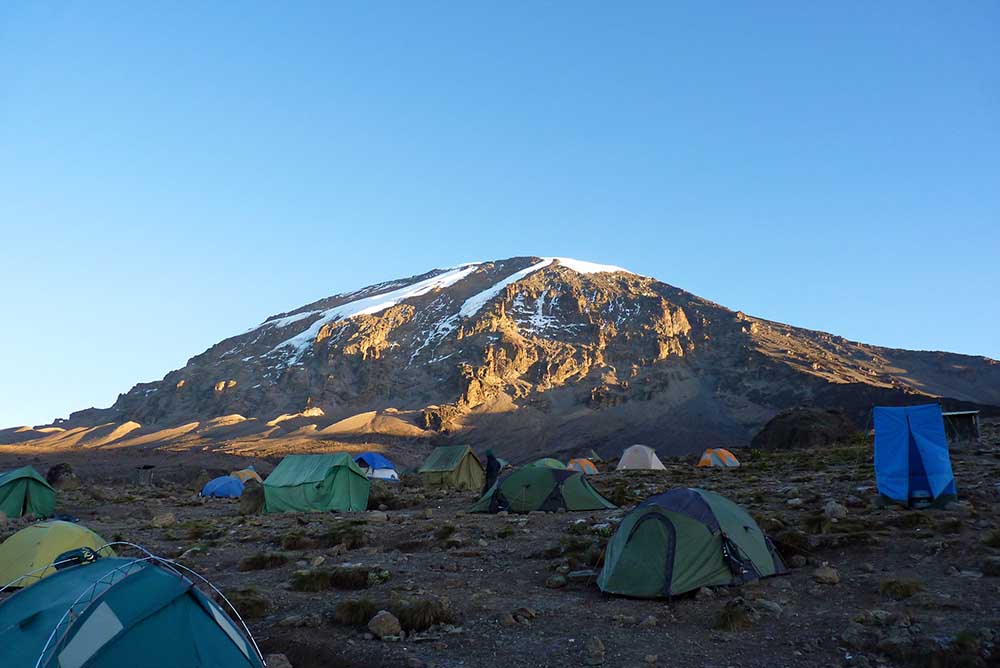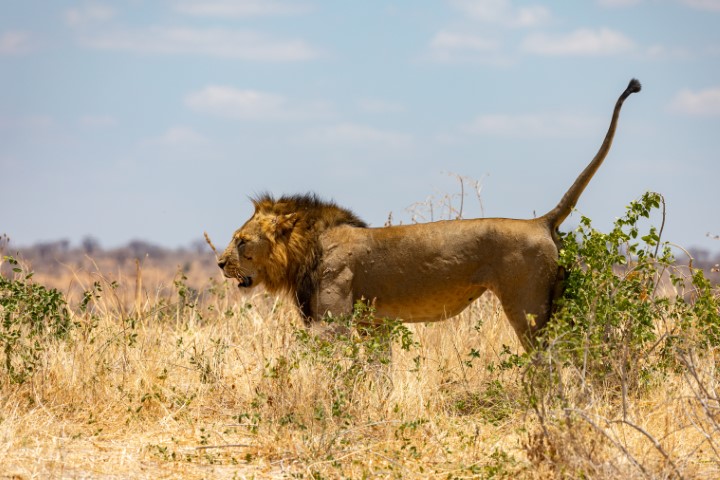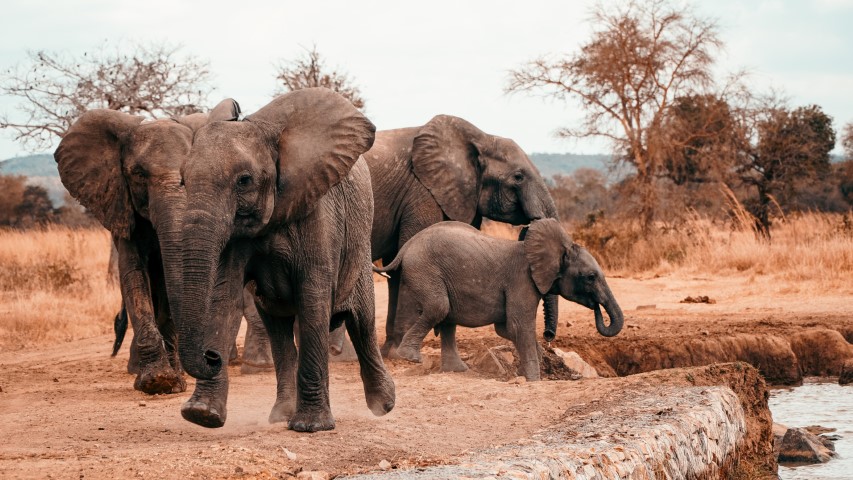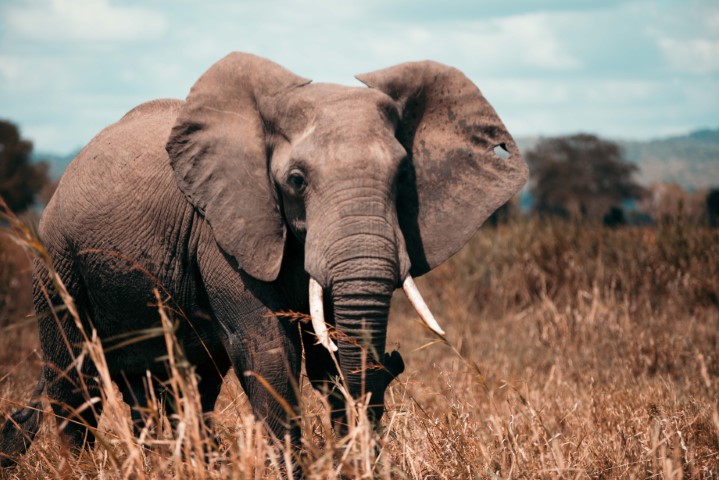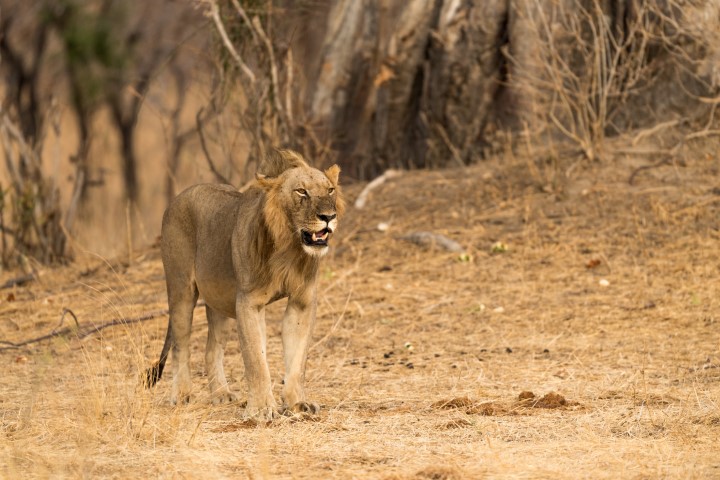Conquer the Roof of Africa: Mount Kilimanjaro
Introduction:
Rising majestically on the Tanzanian horizon, Mount Kilimanjaro stands tall as the tallest free-standing mountain in the world. This iconic natural wonder has captivated adventurers and explorers for centuries, offering a challenging yet rewarding climb to its snow-capped summit. With its awe-inspiring beauty and unique ecological zones, Mount Kilimanjaro is a once-in-a-lifetime destination that beckons thrill-seekers and nature enthusiasts alike.
1. The Roof of Africa: Mount Kilimanjaro
Mount Kilimanjaro, affectionately known as the “Roof of Africa,” soars to an impressive height of 5,895 meters (19,341 feet) above sea level. This dormant stratovolcano is a part of the Kilimanjaro National Park, a UNESCO World Heritage Site, and is nestled near the Tanzanian border with Kenya. Its towering presence attracts thousands of trekkers from around the globe each year, determined to conquer its challenging slopes and stand triumphantly on its summit.
2. Climbing Routes:
Mount Kilimanjaro offers several climbing routes, each boasting unique landscapes and experiences. The most popular routes include:
- Marangu Route: Often dubbed the “Coca-Cola” route due to its amenities, this is the most straightforward path, making it suitable for novice trekkers. It features cozy huts for accommodation, providing a more comfortable climb.
- Machame Route: Known for its scenic beauty, the Machame Route offers trekkers diverse landscapes and stunning vistas. It is slightly more challenging than Marangu but rewards climbers with breathtaking views and a sense of accomplishment.
- Lemosho Route: Offering a longer and more gradual ascent, the Lemosho Route allows for better acclimatization and a higher chance of reaching the summit. This route passes through remote wilderness areas, providing a more secluded experience.
3. Ecological Diversity:
One of the most remarkable aspects of climbing Mount Kilimanjaro is experiencing its distinct ecological zones. As you ascend, you’ll traverse through lush rainforests, heath and moorlands, alpine deserts, and finally, the glacial summit. Each zone presents unique flora and fauna, from giant lobelias and Senecio plants to indigenous birds and rare animals.
4. Uhuru Peak:
The ultimate reward for trekkers is reaching Uhuru Peak, the highest point on Mount Kilimanjaro. Standing proudly on the summit, you’ll be greeted by awe-inspiring vistas of the African plains, bathed in the golden hues of sunrise or sunset. The sense of accomplishment and the breathtaking views make this moment truly unforgettable.
5. Preparing for the Climb:
Climbing Mount Kilimanjaro requires preparation and determination. It is essential to acclimatize, stay hydrated, and pace yourself during the ascent. Trekkers are advised to be in good physical condition and should consider joining guided tours led by experienced local guides and porters.
6. Cultural Richness:
Beyond the natural splendor, Mount Kilimanjaro holds cultural significance for the local Chagga people, who have lived around the mountain for generations. Engaging with their rich traditions and warm hospitality adds depth to the overall climbing experience.
Conclusion:
Climbing Mount Kilimanjaro is a life-changing adventure, offering an intimate encounter with nature’s grandeur and personal triumph. It is a journey that pushes physical and mental boundaries, rewarding trekkers with a profound appreciation for the beauty of our planet. As you ascend to the “Roof of Africa,” the memories and experiences gained from this extraordinary expedition will forever remain etched in your heart.

